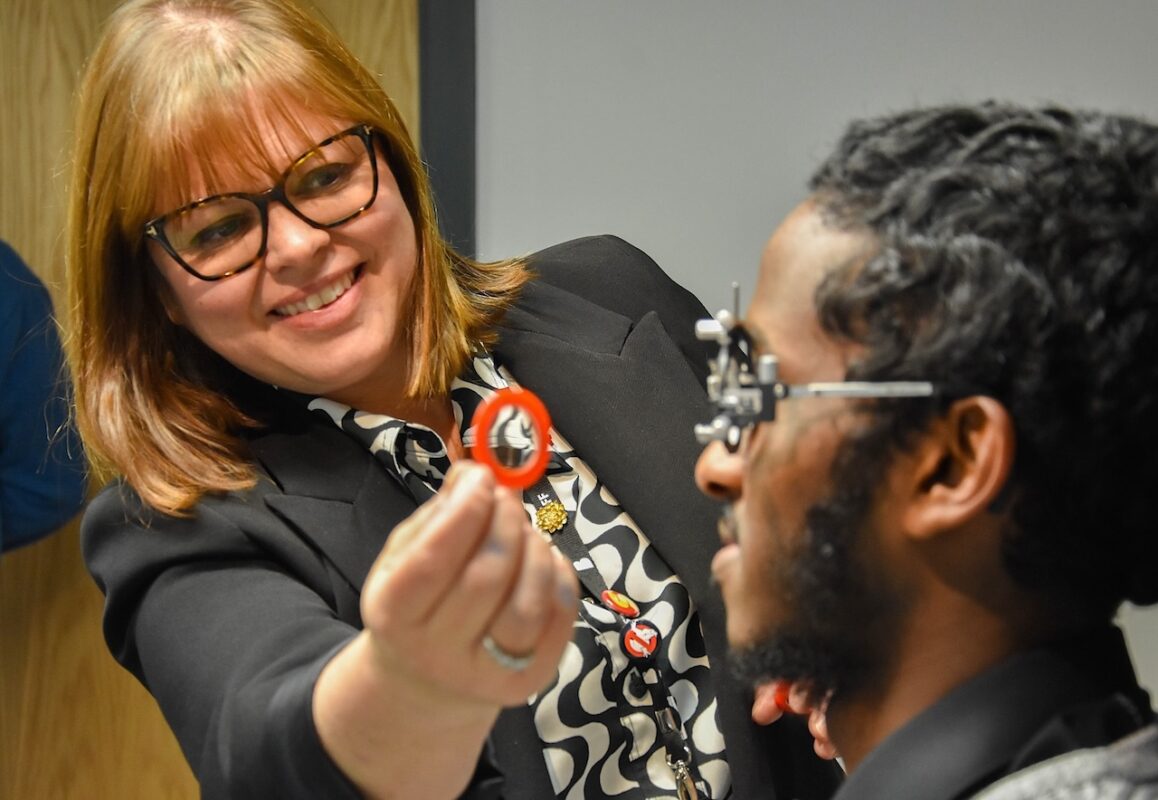Tasks set in science lessons are helping children to develop their mastery of grammar, research shows

The study illustrates how pupils’ writing matures because of work in all subjects, not just English lessons
Researchers found the variation in frequency and length of adverbial clauses is closely related to the tasks students are set. They believe demands for children to explain scientific findings, and the reasons for them, are helping children to develop the way they use finite and non-finite clauses.
The research, by Dr Philip Durrant and Rebecca Clarkson from the University of Exeter, and Mark Brenchley from Cambridge Assessment, is published in the Journal of Writing Research.
The researchers examined 240 pierces of work from pupils in England from lessons in English, science, and humanities at the ends of Key Stages 1 to 4 work to see how children’s writing develops as they get older.
The study is part of a broader project where experts are examining around 3,000 texts written by children aged six to sixteen at schools in England. It is the first part of the project to look at syntactic variation.
The use of subordinate clauses is a sign children’s writing and grammar is becoming more complex. Adverbial clauses were the most commonly-used form of subordination found in the work examined, and play important developmental and functional roles in children’s writing.
For Year 9 writers, around one in five clauses was an adverbial reason clause, whereas for Year 11 writers, this rose to one in two clauses.
Researchers think this is a product of intensive use of these clauses in science writing. For science lesson work examined on average every second clause was a reason adverbial.
Dr Durrant said: “Learning grammar happens by children putting that grammar to use when asked to complete tasks. It happens across all lessons, not just English classes.
“By examining so many pieces of work we’ve had a bird’s-eye view of language development so we can see what this looks like, and what happens in different lessons.”
The use of adverbials that described an event or situation co-occurring with something else in literary texts was relatively infrequent for Year 2 learners. In Year 6 it showed a sharp increase, which then levels-off at Year 9 before rising again sharply at Year 11. Use of reason adverbials in literary texts started relatively high in Years 2 and 6. It then dropped away at Year 9 and 11. In contrast, their use in non-literary texts showed an increase from each year group to the next, with Year 11 especially showing a large increase.
Children were found to make greater use of adverbial clauses as they progressed through school. For finite clauses, there is a marked jump during the primary years (Years 2 to 6), which levels off after.
Non-finite clauses, in contrast, saw a linear increase, with mean length in Year 11 non-literary texts approaching 11 words.
The youngest writers used adverbial clauses for a narrow range of rhetorical purposes. By the end of primary school, this range widens sharply and continues to grow throughout secondary education. By far the most common functions were those which researchers have divided into co-occurrence and reason. The former is primarily associated with literary and the latter with non-literary writing. Use of co-occurrence clauses in literary writing shows a sharp increase between Years 2 and 6 and again between Years 9 and 11.
The National Curriculum offers little guidance on the functions of subordinate clauses and still less on genres. It is hoped this data could serve a useful function within teacher education by helping teachers to put more meat on the bones of such recommendations and to understand the linguistic demands and learning opportunities presented by writing in different subject areas.
Dr Durrant said: “The current National Curriculum stipulates a number of learning goals about adverbials for primary school students and for secondary students, but there is no recognition of the range of different functions that adverbials can serve or of how these are related to genre. Our research can therefore add detail and colour to the aims described in the curriculum that may help teachers understand what they should expect to see in children’s writing.”











Responses